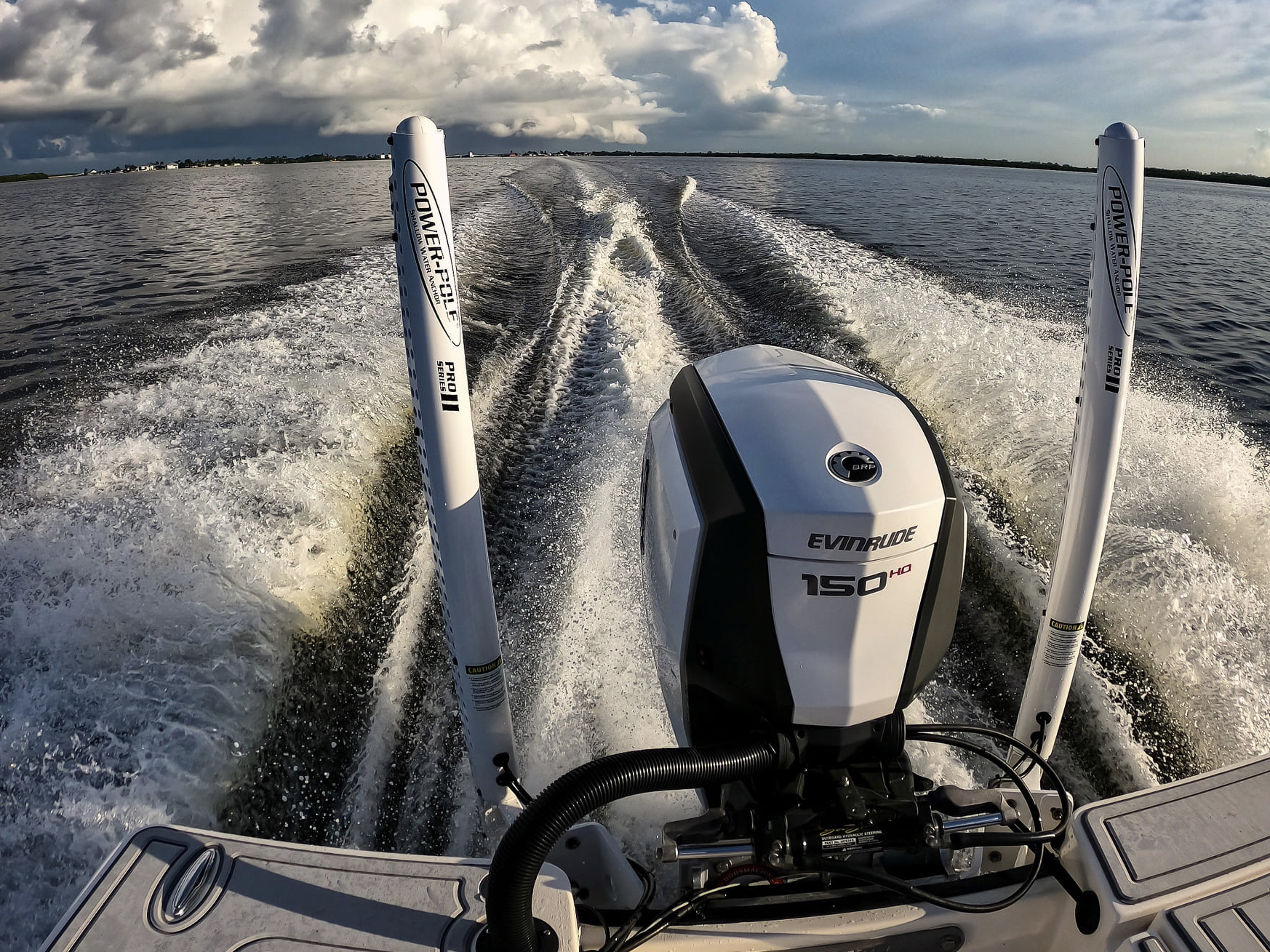Whether you’re a seasoned or novice Southwest Florida boater, understanding the impacts of our saltwater environment on your outboard motor is crucial for maintaining its performance and longevity. One essential practice often overlooked is the post-saltwater use ritual: flushing your outboard. Below, we’ll dive into why this step is necessary and how it can significantly contribute to preserving your valuable investment.
The Corrosive Challenge: Saltwater, with its corrosive nature, poses a constant threat to the metal components of your outboard motor. The high salt content can lead to corrosion, weakening essential parts and potentially causing significant damage over time. From the propeller to internal engine components and electrical, the effects of saltwater can be insidious and costly.
Flushing 101: Flushing your outboard involves rinsing it with fresh water after EVERY saltwater excursion. This process is a simple yet powerful preventive measure that can help counteract the corrosive impact of saltwater.
Gather Your Tools
- Freshwater hose.
- Earmuffs or a flushing attachment if your engine is not already equipped with one.
Prepare Your Outboard
- Ensure the engine is turned off.
- If your outboard motor has a cooling water intake, locate it.
Connect the Hose
- Attach the hose to the freshwater supply.
- If using earmuffs, place them over the water intake ports. If using a flushing attachment, connect it according to the manufacturer’s instructions.
Turn on the Water
- Start the freshwater supply and let it run for at least five to ten minutes.
- This allows the freshwater to flush through the cooling system, removing salt deposits.
Start the Engine
- Start your outboard motor and let it run during the flushing process.
- This helps circulate fresh water through the engine, effectively rinsing saltwater residues.
Monitor the Process
- Monitor the water flow and ensure a steady stream comes from the telltale or exhaust ports.
- Check for any signs of debris or blockages.
Shut Down and Disconnect:
- Turn off the engine.
- Disconnect the hose or flushing attachment.
Benefits of Regular Flushing:
- Corrosion Prevention: Flushing removes salt deposits, mitigating the risk of corrosion on metal components.
- Cooling System Maintenance: It helps prevent blockages in the cooling system, ensuring optimal engine temperature regulation.
- Internal Cleanse: Flushing removes saltwater from internal engine parts, preventing internal corrosion and maintaining efficiency.
- Extended Lifespan: Regular flushing contributes to the overall health of your outboard motor, potentially extending its lifespan and minimizing repair costs.
Flushing your outboard motor after every saltwater use is a small yet impactful practice that pays dividends in the long run. By incorporating this routine into your post-boating ritual, you’re not just preventing corrosion but safeguarding your marine engine’s performance and longevity. Make flushing a habit, and your outboard motor will thank you with years of reliable service.

